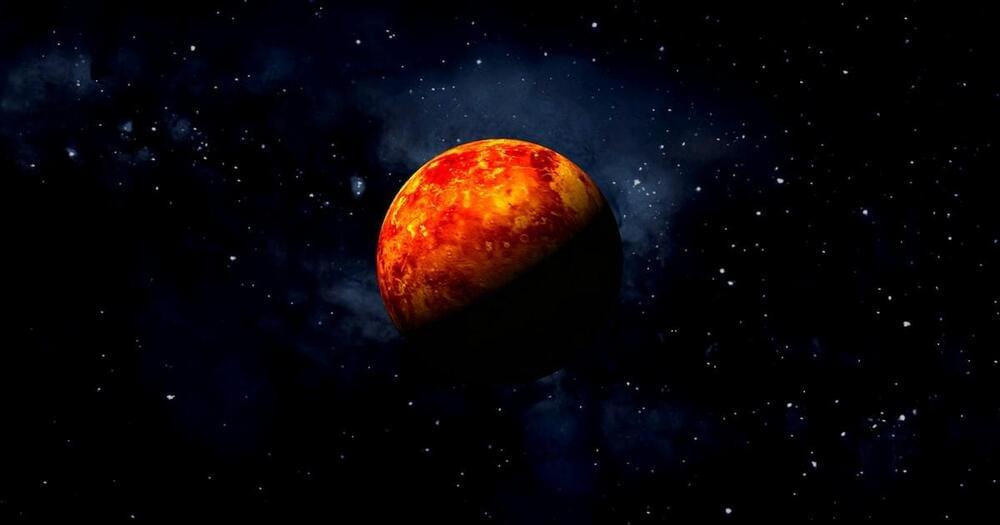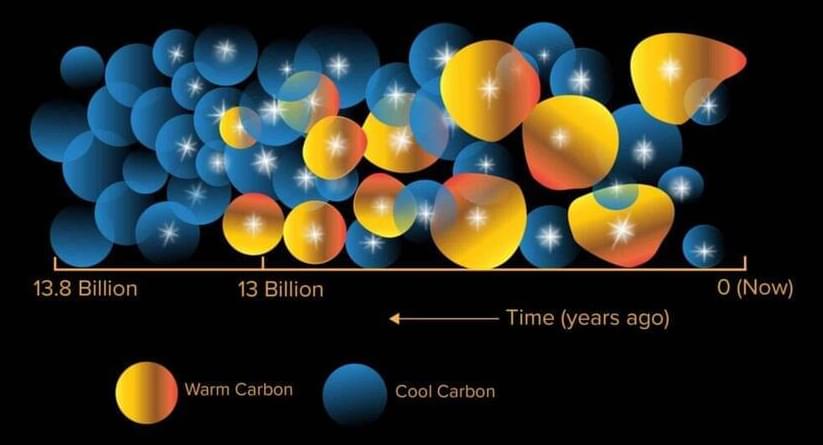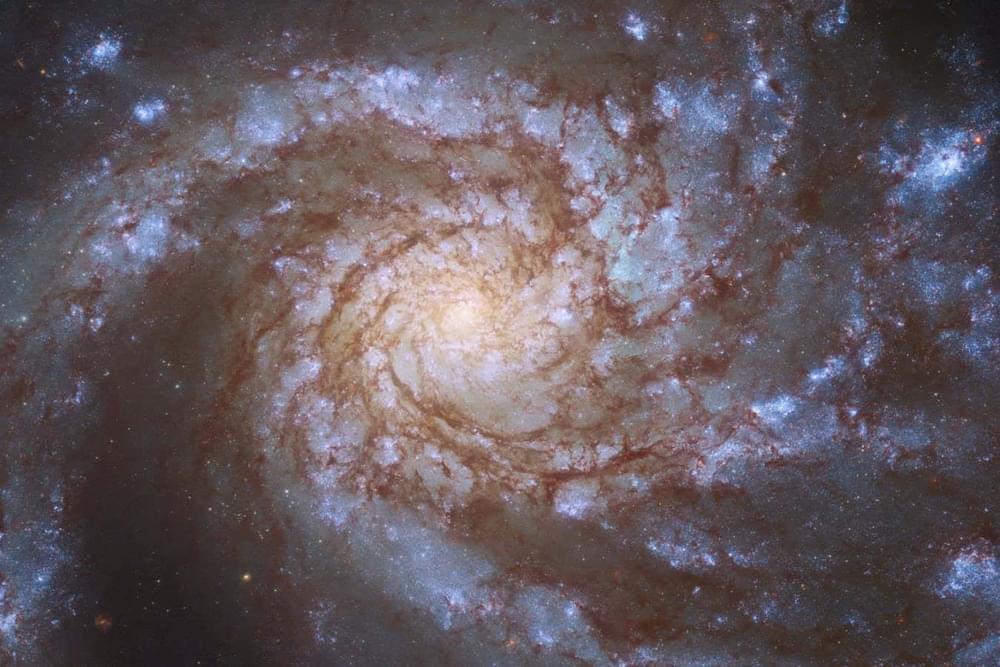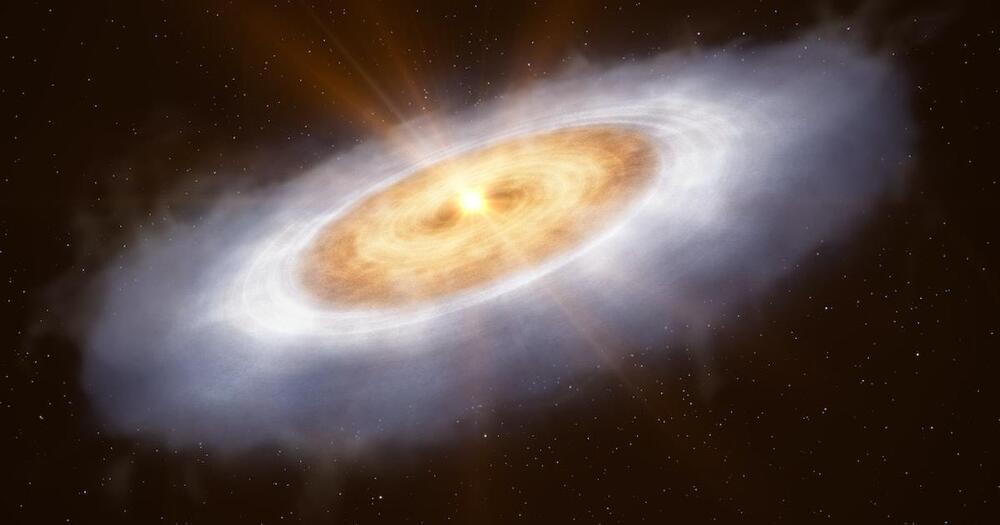This could rethink our view of the world as once-habitable.
Venus has long been discussed as a former ‘ocean world’ like Mars, but a new study in PNAS shows this era may have been short lived.


If there is a social media phenomenon getting some kind of popularity, Meta will try and jump in. We have seen the company copy different kinds of formats ranging from Stories to short videos after seeing the success of other platforms. Now, the Mark Zuckerberg-led company is working on a decentralized text-based app.
Meta confirmed this development in a statement but didn’t give out details about when it plans to release the app.
“We’re exploring a standalone decentralized social network for sharing text updates. We believe there’s an opportunity for a separate space where creators and public figures can share timely updates about their interests,” a Meta spokesperson said.

High-performance, realistic computer simulations are crucially important for science and engineering, even allowing scientists to predict how individual molecules will behave.
Watch the Q&A here: https://youtu.be/aRGH5lC0pLc.
Subscribe for regular science videos: http://bit.ly/RiSubscRibe.
Scientists have always used models. Since the ancient Ptolemaic model of the universe through to renaissance astrolabes, models have mapped out the consequences of predictions. They allow scientists to explore indirectly worlds which they could never access.
Join Sir Richard Catlow as he explores how high-performance computer simulations have transformed the way scientists comprehend our world. From testing hypotheses at planetary scale to developing a personalised approach for the fight against Covid.
0.00 Intro and history of scientific modelling.
7.34 Examples of computer models in science and engineering.
16:10 Modelling molecules and materials.
20:25 Using modelling for crystallography.
28:14 Genetic algorithms for predicting crystal structures.
32:32 Lawrence Bragg and the bubble raft.
36:24 High performance computer modelling of materials.
41:18 Modelling of nanostructures and nanoparticles.
44:34 High energy density batteries.
51:04 Three challenges for modelling.
This Discourse was recorded at the Ri on 27 May 2022.


Most galaxies seemed to be missing a huge proportion of the matter we expected them to have – now researchers may have found its hiding spot, but the discovery contradicts accepted models of galaxy formation.
By Leah Crane

The phrase “I’ve never seen anything more beautiful” should only be used for fractals. Sure, there is the Mona Lisa, The Starry Night, and The Birth of Venus (which all have been ruined by AI-generated art, by the way), but I don’t think any artist or human could create anything royally amazing as fractals.
Using the Atacama Large Millimeter/submillimeter Array (ALMA
The Atacama Large Millimeter/submillimeter Array (ALMA) is the largest ground-based facility for observations in the millimeter/submillimeter regime in the world. ALMA comprises 66 high-precision dish antennas of measuring either 12 meters across or 7 meters across and spread over distances of up to 16 kilometers. It is an international partnership between Europe, the United States, Japan, and the Republic of Chile.
Scientists studying a nearby protostar have detected the presence of water in its circumstellar disk. The new observations made with the Atacama Large Millimeter/submillimeter Array (ALMA) mark the first detection of water being inherited into a protoplanetary disk without significant changes to its composition. These results further suggest that the water in our solar system formed billions of years before the sun. The new observations are published today in Nature.
V883 Orionis is a protostar located roughly 1,305 light-years from Earth in the constellation Orion. The new observations of this protostar have helped scientists to find a probable link between the water in the interstellar medium and the water in our solar system by confirming they have similar composition.
“We can think of the path of water through the universe as a trail. We know what the endpoints look like, which are water on planets and in comets, but we wanted to trace that trail back to the origins of water,” said John Tobin, an astronomer at the National Science Foundation’s National Radio Astronomy Observatory (NRAO) and the lead author on the new paper.
